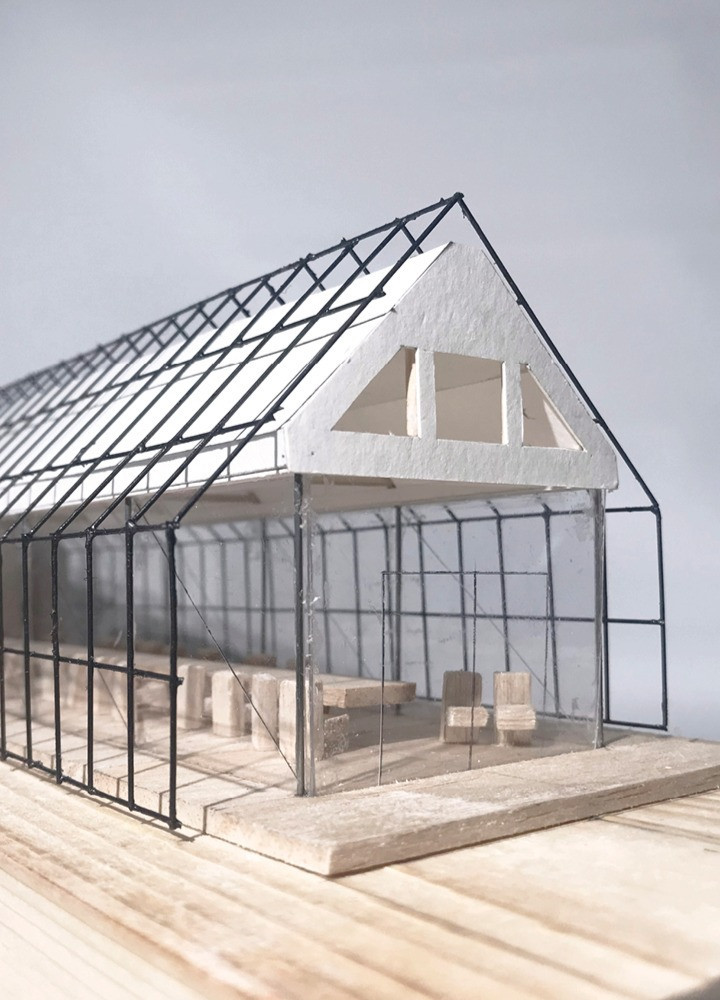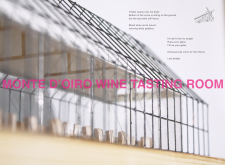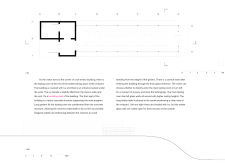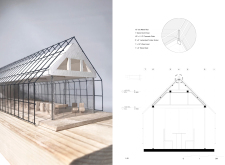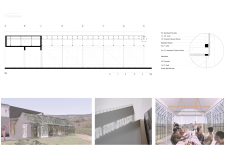5 key facts about this project
The structure features a striking integration of materials and forms that enhance the sensory experience of wine tasting. The overall layout includes distinct areas for tasting, educational displays, and outdoor interaction zones, contributing to an immersive experience. Carefully planned sightlines establish visual connectivity between the interior and the vineyard, promoting a cohesive experience that celebrates local viticulture.
Unique Design Approaches: Structure and Interaction
One of the defining features of the Monte D’Oiro Wine Tasting Room is its innovative use of materials, including a combination of timber, concrete, and glass. The structural framework employs laminated timber girders that create long spans, allowing for expansive open interior spaces. This approach reduces the need for excessive vertical supports, creating an airy and spacious environment conducive to gatherings and tastings.
Additionally, the building incorporates cantilevered elements that not only provide covered outdoor space but also contribute to the building's overall aesthetic of elevation and lightness. Generous glass walls serve as a transparent boundary, enabling natural light to flood the interior while connecting occupants to the surrounding vineyard. These design choices are not merely aesthetic; they enhance the functionality of the space by creating a flexible environment suitable for diverse visitor interactions.
Spatial Organization and Functionality
The interior layout is purposefully organized into distinct zones. The main tasting area features a communal table that encourages social interaction while offering expansive views of the vineyard through large glass panels. Adjacent spaces are designated for educational exhibits that provide information about the winemaking process, enhancing the visitor's understanding and appreciation of local wines.
Careful attention has been given to environmental sustainability in the choice of materials and construction techniques. The integration of vegetation around the building contributes to energy efficiency, reducing reliance on artificial climate control. Furthermore, the emphasis on locally sourced timber aligns with contemporary architectural trends toward sustainability and minimal environmental impact.
For those interested in further exploration, reviewing the architectural plans, architectural sections, and detailed architectural designs of the Monte D’Oiro Wine Tasting Room can provide deeper insights into the thoughtful design ideas and technical considerations behind this project. This examination will reveal the intricacies of how the project successfully marries functionality with a sensitive response to its environment.


